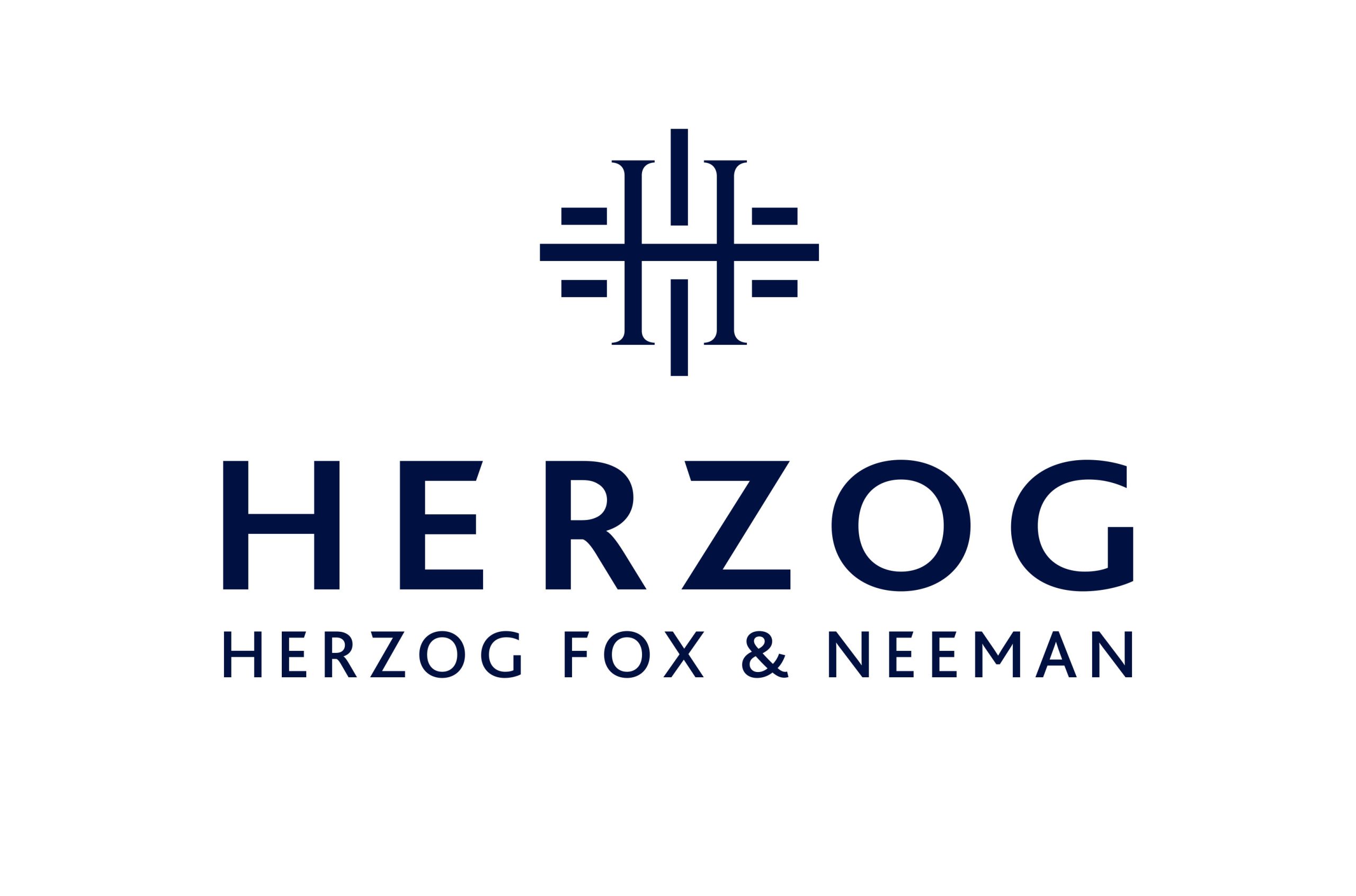Guidelines by the Equal Employment Opportunities Commission in preparation for the publication of the Annual Wage Gap Reports
11 May 2023
Dear Clients and Colleagues,
We would like to bring to your attention that the Equal Employment Opportunities Commission (EEOC) has recently published updated guidelines to employers, regarding the manner in which they should prepare their annual reports, detailing the average wage gaps between male and female employees, in accordance with the Equal Pay for Male and Female Employees Law, 1996.
As you may recall, the obligation to prepare and publish the wage gap reports, applies to all employers of over 518 employees, as well as to employers who are legally bound to publish information or reports regarding their employees’ and officers’ wages (for example entities that are financed by the state and public entities, including associations, public benefit companies and companies subject to reporting obligations according to the Securities Regulations).
> To read our client update on the matter from September 2020 >> Click here
In May 2021, the EEOC published initial guidelines regarding the manner in which the reports should be prepared.
> To read our client update on the matter >> Click here
In practice, the updated guidelines published by the EEOC include the original guidelines from May 2021, with a number of refinements and recommendations regarding the manner in which the reports should be prepared. Here are the main updates in the new guidelines:
1. Employers should prepare the reports and publish the public report by the beginning of the month of June, in relation to the previous calendar year.
2. In calculating the employee quota for meeting the threshold of 518 employees, employers should take into account all employees to whom Israeli labour laws apply and with whom they had employment relations on December 31 of the applicable year.
3. The EEOC recommends that a jointly owned group of companies refer to all of the entities as one employer for the purpose of the reports. We note that naturally, the recognition of the group of companies as one entity may have additional consequences.
4. The report must include wage details of all employees employed during the calendar year prior to the publication date (even if they were only employed for a portion of the year, with normalization for a full year).
5. The segmentation within the reports must include all of the employees at the workplace. To the extent that it is not possible to present a segmentation of all of the employees, an explanation must be given in the annotations of the report.
6. The EEOC recommends specifying the median salary in the workplace according to the segmentation group, specified by gender.
7. In relation to notifying the employees about the group to which they belong in the employee segmentation, the EEOC recommends giving a separate notice (and not as part of the payslip). The notice can be attached to the pay slip.
8. The EEOC recommends presenting separately a percentage breakdown of the male and female workers belonging to the 20% highest earners (gross), by gender segmentation.
9. Finally, the EEOC recommends that employers that have wage gaps, adopt an internal plan for the purpose of implementing a process of gradual and adjusted change to reduce the gaps, in the manner proposed in the guidelines.
Although the EEOC guidelines are considered recommendations, they should at least be seen as a guiding principle in relation to the way in which the reports should be prepared.
Employers who wish to prepare for the preparation of the reports for 2022, which should, as stated, be published by June 2023, or who wish to examine the implementation of an internal plan as noted above, are invited to approach us for individual consultation.
We are happy to be at your disposal for any clarifications or question that may arise.
The Labour & Employment Department
Herzog, Fox & Neeman





